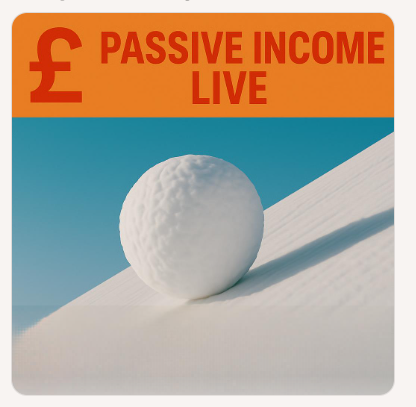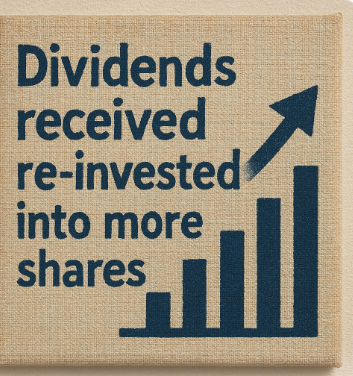
How much do you need in high-yield UK shares for a £2,000 monthly passive income?
Thinking of investing in some high-yield shares on the UK stock market to help generate extra income to supplement your pension?
Posted by Alan Oscroft
Published 30 September

When investing, your capital is at risk. The value of your investments can go down as well as up and you may get back less than you put in.
The content of this article is provided for information purposes only and is not intended to be, nor does it constitute, any form of personal advice. Investments in a currency other than sterling are exposed to currency exchange risk. Currency exchange rates are constantly changing, which may affect the value of the investment in sterling terms. You could lose money in sterling even if the stock price rises in the currency of origin. Stocks listed on overseas exchanges may be subject to additional dealing and exchange rate charges, and may have other tax implications, and may not provide the same, or any, regulatory protection as in the UK.
You’re reading a free article with opinions that may differ from The Motley Fool’s Premium Investing Services. Become a Motley Fool member today to get instant access to our top analyst recommendations, in-depth research, investing resources, and more.
Fancy earning some untaxed income from high-yield shares to help fund retirement?
It can be within reach if we use a Stocks and Shares ISA. According to the latest data, there are nearly 5,000 ISA millionaires in the UK. In fact, since the statistics were published in late 2024, the number might have already exceeded that.
Please note that tax treatment depends on the individual circumstances of each client and may be subject to change in future. The content in this article is provided for information purposes only. It is not intended to be, neither does it constitute, any form of tax advice. Readers are responsible for carrying out their own due diligence and for obtaining professional advice before making any investment decisions.
High yield
What do I mean by high-yield shares? A large number of UK companies are mature, and pay out spare cash to shareholders as dividends. My ‘high yield’ decision depends on a few things — more than just a current headline big dividend.
A track record of beating the index average is a good start. Some companies stubbornly pay out while not having the cash to keep it going. Inevitably, something has to break, and it usually means a dividend cut. So, I want to see sufficient earnings to cover the annual dividends comfortably — and see it translate to strong cash flow.
And the business has to convince me it can keep going profitably for decades into the future. That means providing essentials, having barriers to entry, safety margins, and things like that.
A fat 8%
Primary Health Properties (LSE: PHP) ticks my boxes, so I’ll use that as an example to work out what we might achieve.
Primary Health is an investment trust. It owns and rents out a portfolio of health facilities, with its biggest client being the NHS. That business model means I see good defensive qualities and good cash prospects from long-term leases. And at the moment, we’re looking at a forecast 8% dividend yield.
With interim results, CEO Mark Davies said the trust “has delivered a strong operational and financial performance driven by rental growth across our portfolio, a value-accretive acquisition in Ireland, valuation gains and another period of dividend growth“. And he spoke of an “improving rental growth outlook“.
Analysts forecast continuing dividend raises in the coming years too. And if they’re right, rising earnings could drop the price-to-earnings (P/E) ratio under nine by 2027.
The secret is to reinvest the annual dividend income to buy more shares. So what might Primary Health’s 8% per year compound up to?
The road to £2,000
One way to hit our goal could be to invest a full ISA allowance of £20,000 every year for 10 years. That should build up to a pot of a bit over £300,000. And an annual 8% of that would get us to £2,000 per month.
We can’t all invest that much. But £600 each month could get us there in 19 years. It’s up to each of us to do the best we can.
Dividends can’t be guaranteed. And if the trust misses an expected raise, the share price could suffer. Investing in healthcare carries political risk, too, as policy can change.
So, diversification is essential. I use high-yield shares as one prong of my long-term investing strategy. And I do think investors seeking long-term income should consider including Primary Health in their Stocks and Shares ISAs.

I learned something new today. Appreciate your work!